Curious to know what’s the difference between cold brew vs espresso? Which one has more or less caffeine? Do they taste the same? Let’s figure it out!
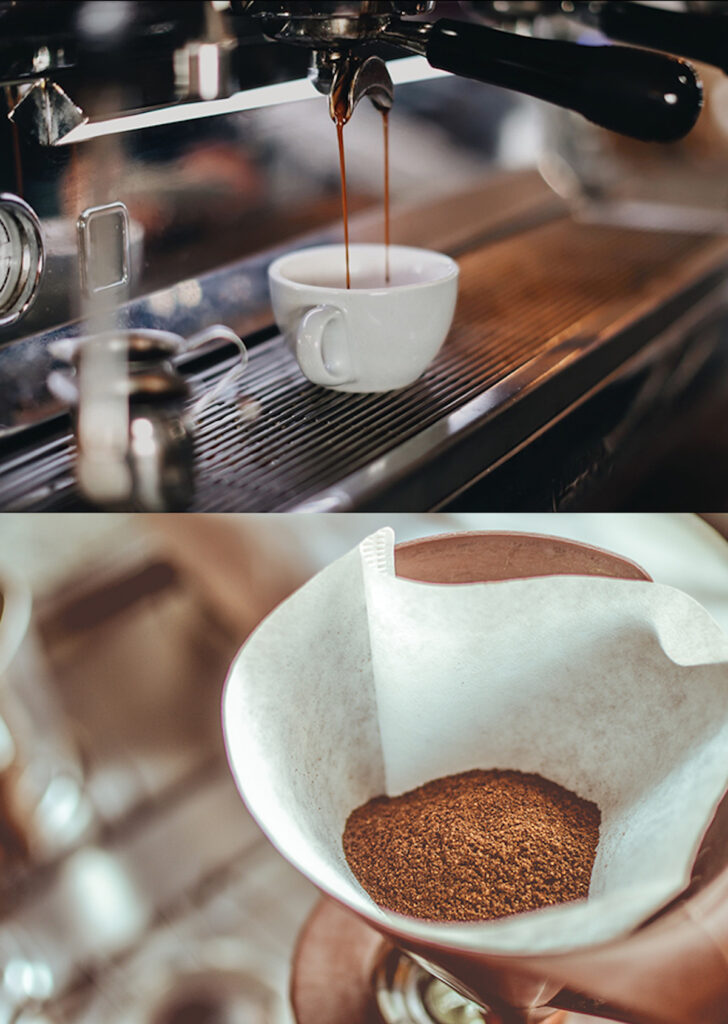
Most people, especially those that are not really that much into coffee, usually don’t pay much attention to the differences between the different methods of brewing coffee. But not us, and certainly not you, if you are reading this article! It might surprise some people to know that the same ingredients processed by different brewing methods can create very different beverages.
This is exactly what we are covering today, the differences between cold brew vs espresso.
Let’s get started with the basics, shall we?
What is espresso?
If you’ve ever been to a coffee shop, you’ve probably noticed the wide variety of drinks. There are so many different coffee drinks: From an Americano to a cappuccino, a ristretto, mocha, iced Americano, macchiato, to simple regular coffee, you’ve probably seen the word espresso once or twice.
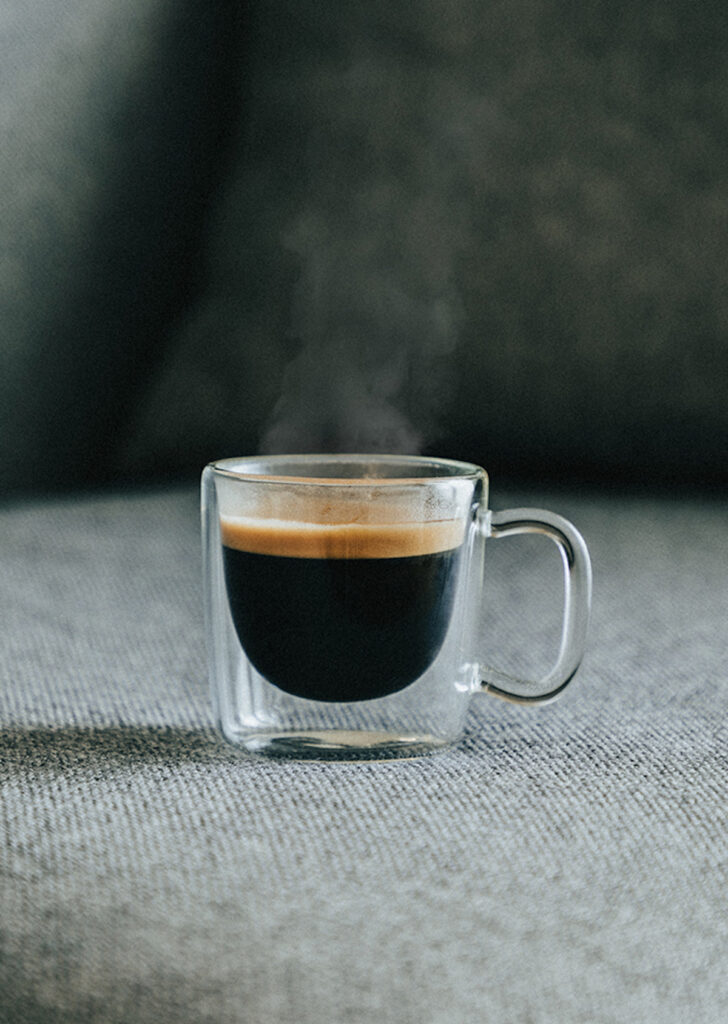
Espresso shots are very versatile as they can be used with hot coffee and iced coffee all the same, or even alone as some people prefer the strength an espresso coffee has to offer.
In a shot of espresso, hot water is pushed through finely-ground coffee grounds at high pressure, for about 20 to 40 seconds, in an espresso machine. If you’re wondering about the milligrams of caffeine, a shot of espresso usually has a higher caffeine content than other drinks, however, the serving size is usually smaller too.
Espresso is known for being stronger, in terms of flavor and caffeine levels, than other drinks, but that isn’t always the case. Besides, when it comes to taste, stronger isn’t always better, especially for people who are used to mild, sweetened drinks. As we always say, it’s all about the coffee lovers personal preference.
One of the best things about espresso drinks is that they can be tuned to suit your tastes. Many factors are customizable, such as the fineness of the grind, the length of the pull, the size of the drink. All of these factors affect how your espresso will taste like. In fact, you can choose between drinking your espresso alone in a tiny demitasse, which is the tiny cup used for shots of espresso, or you can mix it and drink it in an iced latte, cappuccino, or macchiato.
What is a cold brew?
If you are a fan of cold coffee beverages, cold brew is probably your best choice. Cold brew is a unique brewing method, and although it uses the same base ingredients – ground beans and water – the brewing process is very different and more time-consuming than other brewing methods.
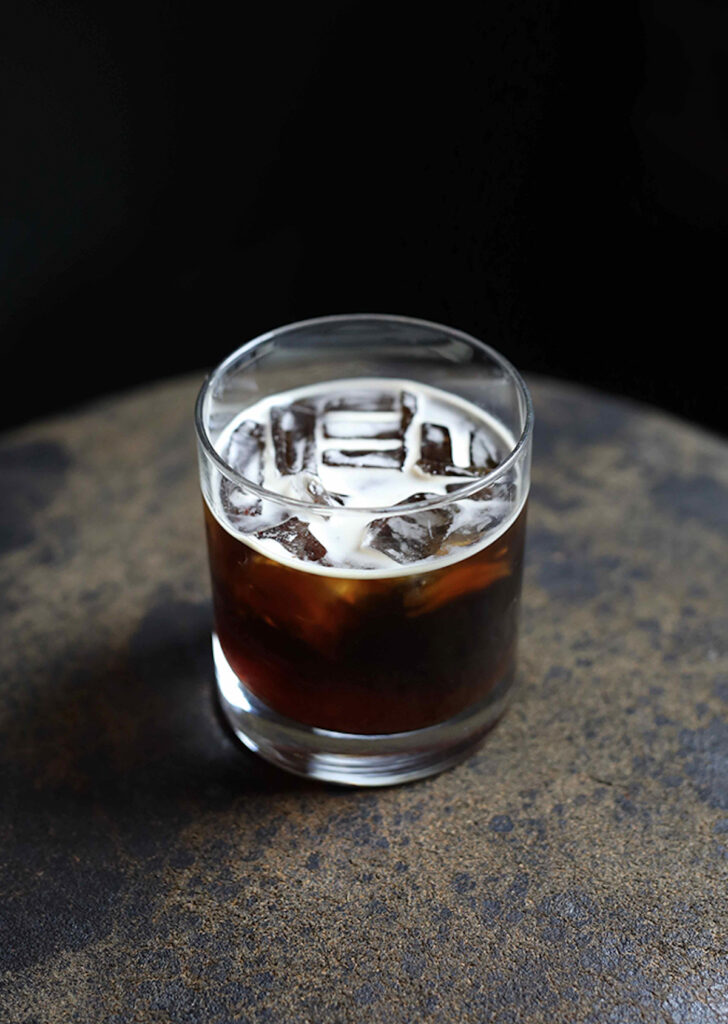
The main difference between cold-brew and other methods relies on the water temperature of the extraction of coffee. Most coffee methods use really high temperatures, close to boiling, in order to extract the properties of coffee, and take only a couple of minutes. However, cold brewing focuses on time rather than temperature, taking anywhere from 4 up to 24 hours to brew the coffee, depending on the chosen method. The differences between each method vary greatly, so in order to find your perfect drink, you have to go through different methods, pick the perfect roasted beans and the ideal water.
Cold brewing results in a different beverage than your standard drip coffee or espresso shot. Often, the longer the extraction time, the smoother coffee you’ll get, with less acidity and a without a bitter taste that a single shot of espresso would have. Definitely, a cold brew is easier on the palate than a shot of espresso, especially considering cold brew is often diluted with other beverages, such as water, milk, tonic water, etc.
In terms of caffeine, between the two, cold-brew is usually the drink with more caffeine and will give you the coffee kick than you might be looking for. Of course, the extraction process is just one of the parts that come into play when deciding which drink is stronger.
If you are paying attention to the caffeine levels in your coffee, then you need to take a look at the coffee type, coffee blends, and your coffee beans roasting process, because they also play a fundamental role in your caffeine intake. This includes the type of bean, too. Usually, Robusta coffee beans have higher caffeine levels than Arabica beans.
Cold brew vs Espresso: Final thoughts
As you probably noticed, drinks made with espresso are very different from cold-brew, this includes taste, strength, and caffeine levels. Even the way they can be enjoyed, since cold-brew is drunk, well, cold, as opposed to most espresso drinks.
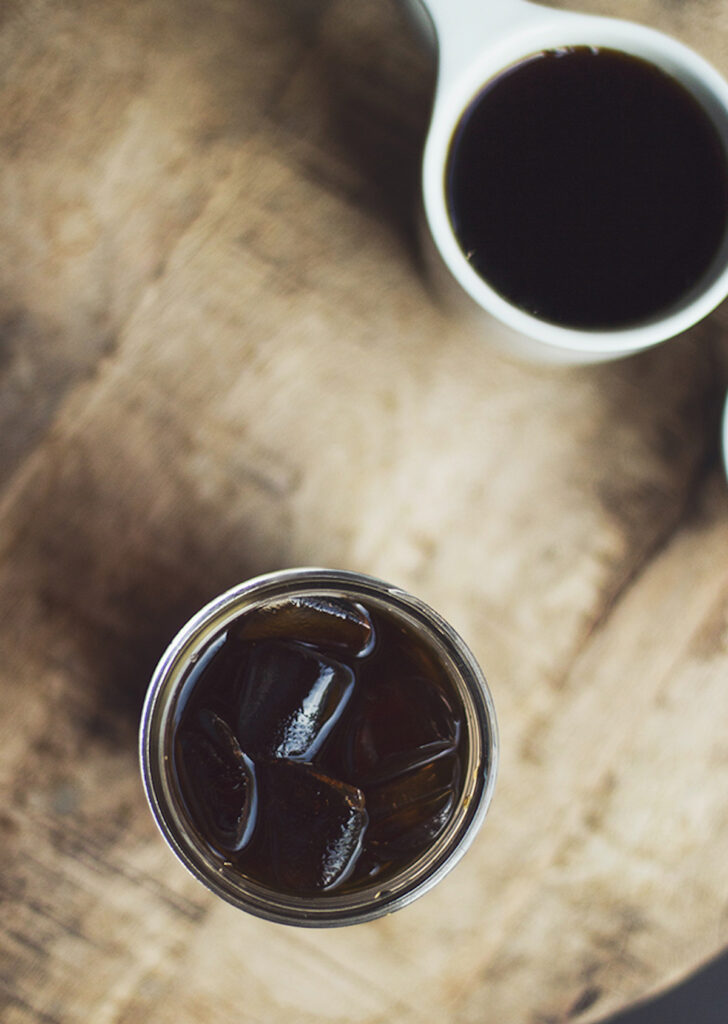
Here are the main differences between cold-brew vs espresso: Espresso uses fine grinds, cold brew needs coarse grind. Espresso is made with hot water, cold-brew is made with cold water. Espresso is made in a matter of minutes, cold-brew takes anytime between 4 hours to 20 hours. Espresso uses a machine with high pressure, cold-brew doesn’t need any pressure added. Espresso has a low coffee to water ratio and cold-brew has a high coffee to water ratio.
Besides, the espresso has a stronger flavor, although a cold brew is more full-bodied. And as we mentioned before in past articles, the country of origin of our coffee beans plays a big role too. Some coffee beans taste sweeter than others, some taste more fruity, some are more acidic. And that’s not all – the roasting process affects the taste as well, as light roast vs dark roast produces different kinds of coffee – and different levels of caffeine too. So, the brewing method is not the be-all and end-all.
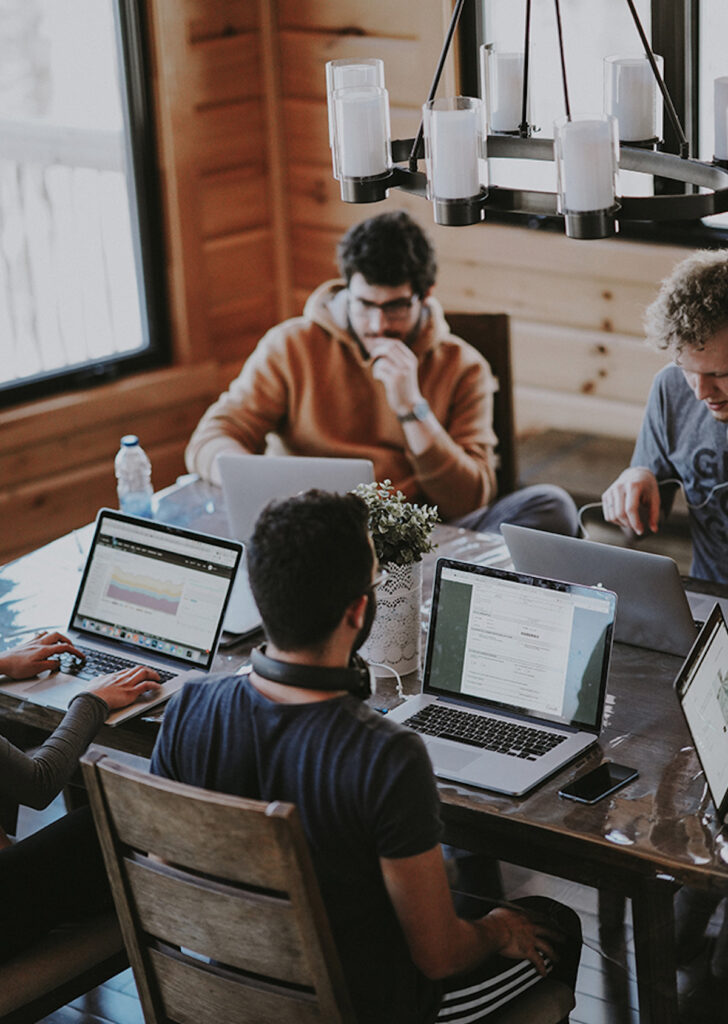
This is all for today! We hope this article was informative for you. If you enjoyed this article, please share it with your friends and family that might enjoy learning the differences between cold brew vs espresso.
